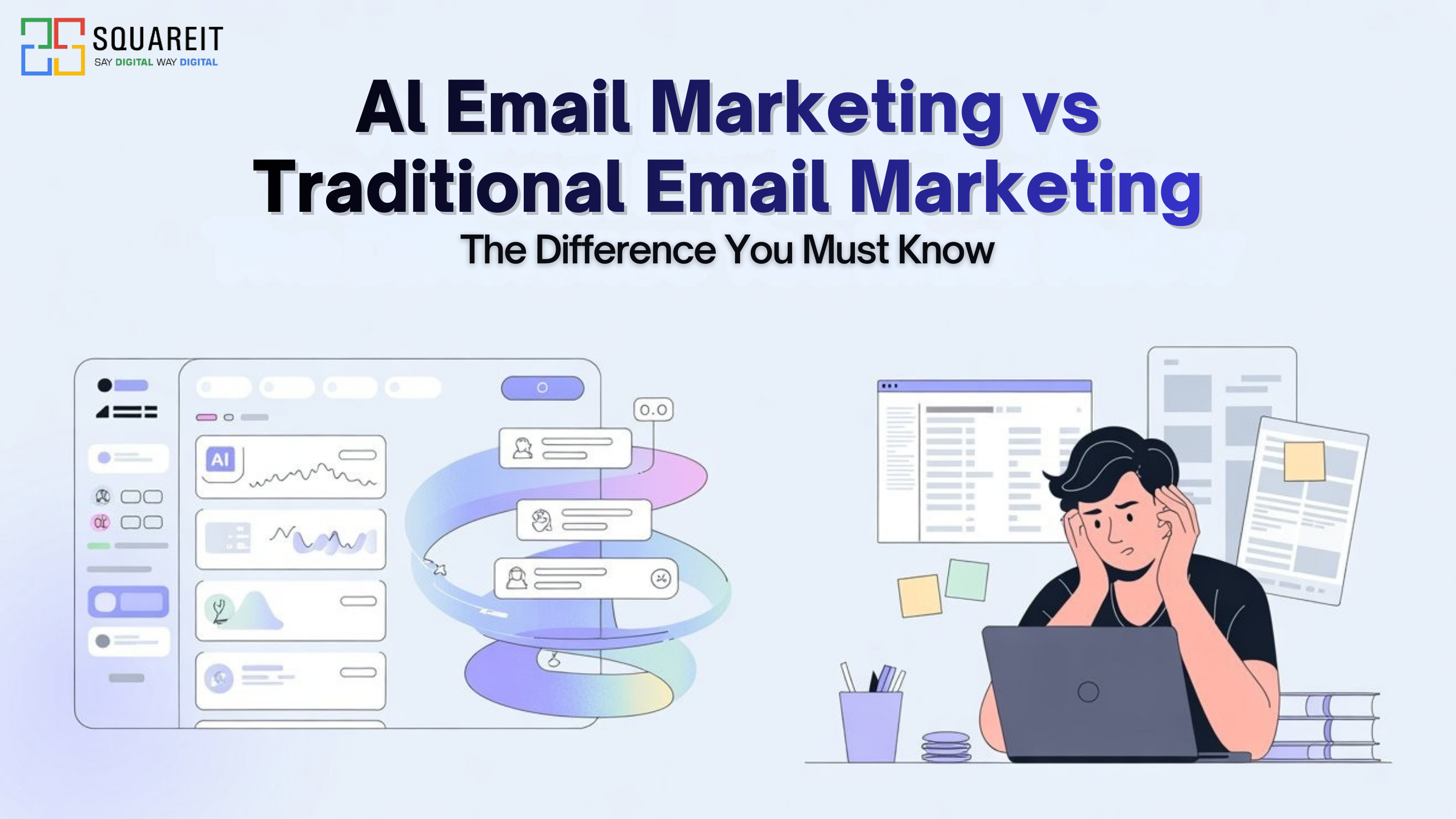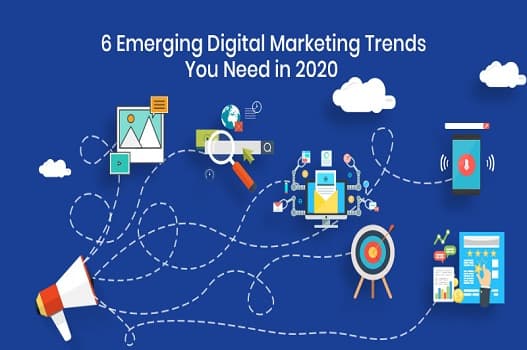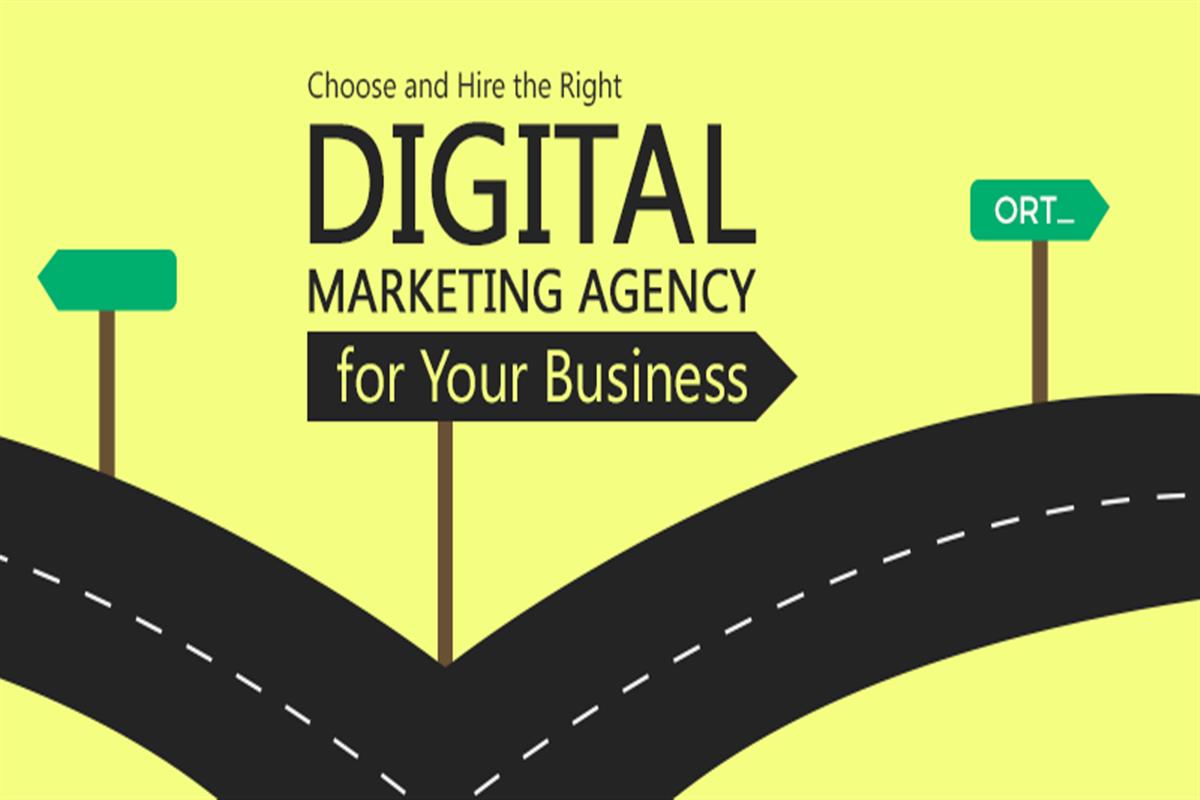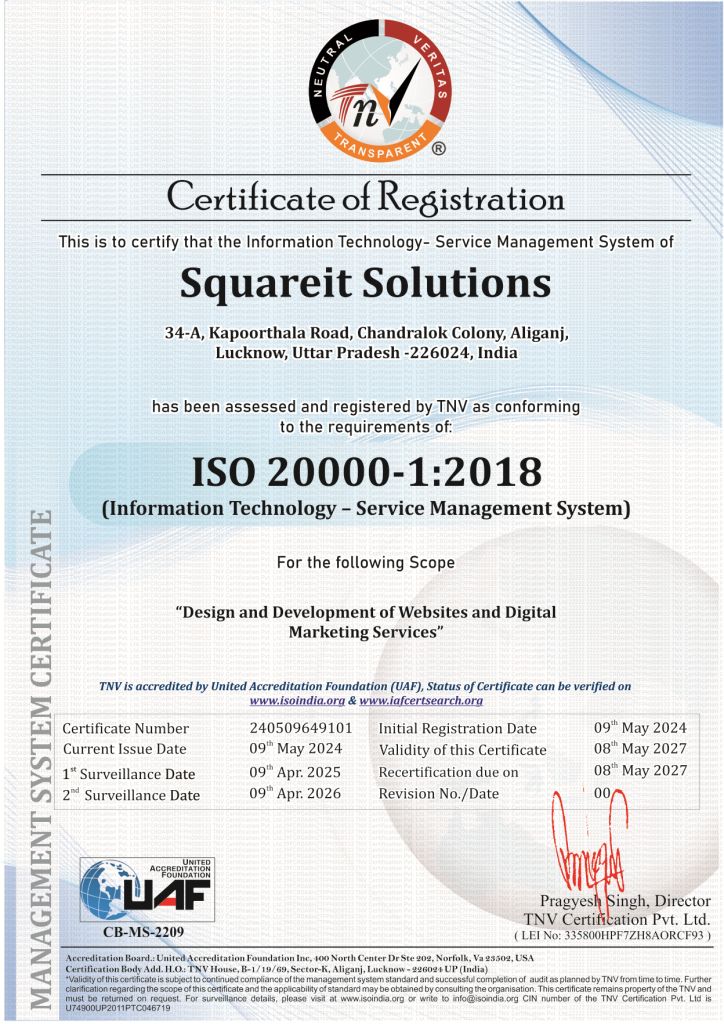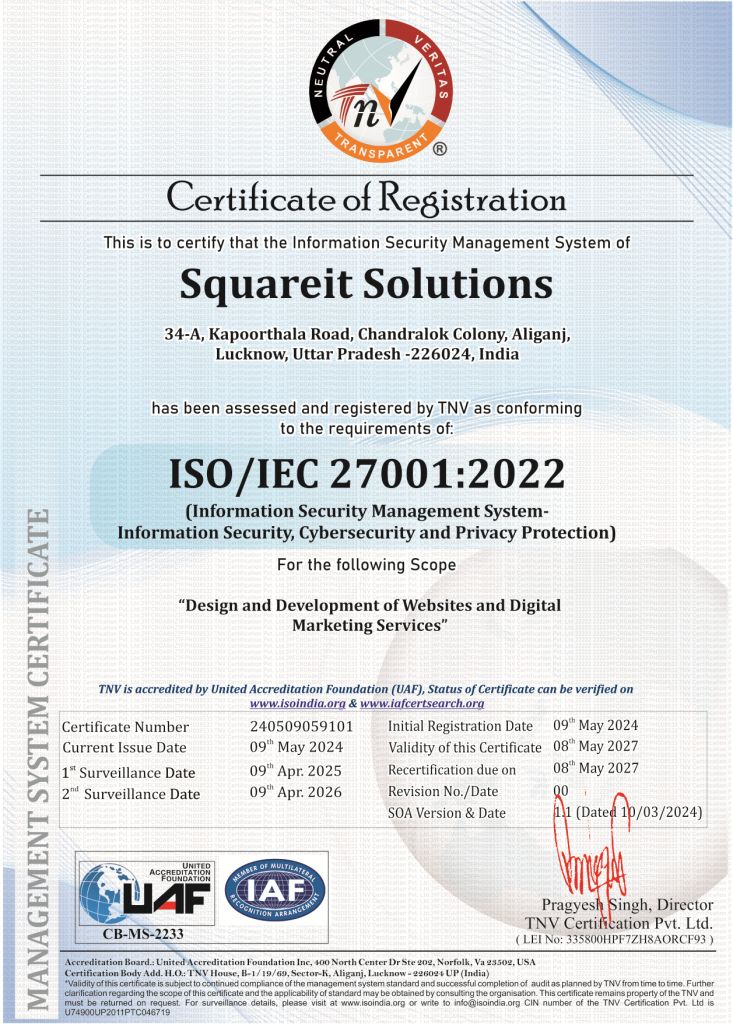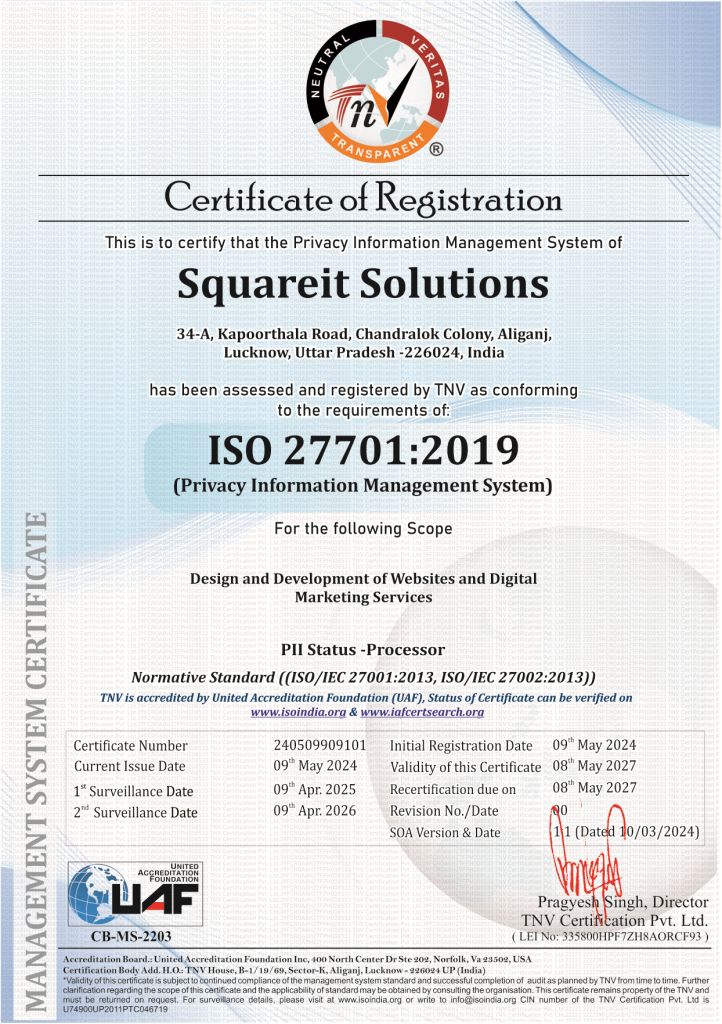Email is still one of the most powerful digital marketing channels in India. But the way brands send emails has changed a lot. Earlier, marketers used to manually create one email, blast it to everyone, and hope for the best. Now, with AI tools, emails can be personalized, timed, and optimized automatically.
That’s where the real comparison of AI email marketing vs traditional email marketing begins. If you’re into digital marketing, AI tech, or planning to scale your business in India, understanding this difference will decide how successful your email campaigns will be in the coming years.
In this blog, we’ll compare AI email marketing with traditional email methods, explain the pros and cons, and help you choose the right strategy for your brand.
What Is Traditional Email Marketing?
Traditional email marketing is the old-school way of doing email campaigns. A marketer writes an email, selects a list, and sends it to everyone at once. There may be some basic segmentation, like “new users” or “old customers,” but most of the work is manual.
This approach worked when competition was low and inboxes were less crowded. But today, Indian users receive promotions from e-commerce brands, ed-tech platforms, fintech apps, local businesses, and creators—all at the same time.
Some common traditional email marketing issues include:
-
Same message sent to all subscribers
-
No real personalization beyond “Hi {First Name}”
-
Guesswork in choosing send times
-
Slow testing and optimization
-
Limited segmentation and targeting
This is where modern email marketing powered by AI is changing the game.
What Is AI Email Marketing?
AI email marketing uses artificial intelligence and automation to plan, write, send, and optimize campaigns. When we talk about ai email marketing vs traditional email marketing, the biggest difference is that AI doesn’t rely on guesswork—it relies on data.
AI can:
-
Analyze subscriber behavior
-
Personalize email content for each user
-
Predict the best time to send emails (known as smart send time AI)
-
Improve subject lines and CTAs using testing and learning
-
Recommend products or content automatically
So instead of manual email campaigns, you get automated email vs manual with smarter decision-making.
AI Email Marketing vs Traditional Email Marketing: Key Differences
Here’s a simple email campaign comparison between the two approaches:
This table clearly shows the difference between AI email and traditional methods in terms of efficiency and intelligence.
AI vs Manual Email Marketing: Which Performs Better?
When we compare AI email marketing to manual methods, performance is where AI shines.
With ai vs manual email marketing, AI helps improve:
-
Open rates with smarter subject lines
-
Click-through rates with tailored offers
-
Conversions with product or content recommendations
-
Long-term customer engagement through personalized journeys
Manual email approaches still work for very small lists or occasional campaigns. But for brands in India that want to scale, AI-driven marketing automation comparison clearly leans toward AI.
AI Email Personalization and Segmentation
In traditional email marketing, segmentation is often done by manually dividing lists—like “buyers” vs “non-buyers,” or “Delhi customers” vs “Mumbai customers.”
In ai email marketing vs traditional email marketing, AI reads user behavior:
-
What did they click?
-
Which emails did they ignore?
-
What products did they view?
-
How often do they open emails?
Using ai segmentation vs manual segmentation, AI groups users into smart clusters and sends each group a message that feels relevant. This level of personalization is almost impossible manually.
This leads to major ai email benefits, such as higher engagement and lower unsubscribe rates.
AI Powered vs Human Email Writing
Another interesting part of the email strategy comparison is content creation.
Traditionally, a human copywriter writes every email from scratch. This is time-consuming and can cause burnout, especially with frequent campaigns. With AI, tools can now:
-
Suggest subject lines
-
Draft full body copy
-
A/B test different variations
-
Adjust tone as per brand guidelines
However, the best results often come from a hybrid approach: ai powered vs human email writing working together. AI can generate drafts and ideas, and humans can refine and add emotional depth.
Manual Email Drawbacks in a Modern World
As email marketing evolution continues, traditional email methods face serious limitations:
-
Hard to scale personalization
-
Difficult to manage multiple campaigns at once
-
Slow to react to user behavior
-
Limited ability to test different variations quickly
These manual email drawbacks make it hard for Indian brands to compete with companies using AI email tools.
The Future of Email Marketing: AI Adoption Marketing
The future of email marketing in India is clearly AI-driven. From startups to big brands, everyone is moving toward:
-
Automated workflows instead of manual blasting
-
Data-backed content instead of guesswork
-
Personalized journeys instead of one-time campaigns
This is where ai adoption marketing becomes important. Brands that adopt AI early get a competitive advantage in terms of performance, time-saving, and customer satisfaction.
Conclusion
If you are serious about modern email marketing in India, understanding ai email marketing vs traditional email marketing is not optional—it’s essential. AI doesn’t replace human creativity but amplifies it by handling repetitive work, analyzing data, and optimizing campaigns automatically.
Traditional methods may still have a place for simple or one-off campaigns, but for long-term business growth, AI-based email strategies are the smarter choice.
The bottom line?
In the battle of AI-powered vs manual email marketing, AI doesn’t just save time—it helps you send the right email to the right person at the right time. And that is where real results begin.
FAQs
Q1. What is the main difference in ai email marketing vs traditional email marketing?
The main difference between AI email and traditional email is automation and intelligence. AI uses data, predictive analytics, and personalization, while traditional email relies on manual effort and generic messaging.
Q2. Is AI better than manual email marketing for small businesses?
Yes, even small Indian businesses benefit from ai vs manual email marketing because AI tools are now affordable and save a lot of time while increasing engagement.
Q3. What are common traditional email marketing issues?
Traditional email marketing issues include low personalization, poor segmentation, manual scheduling, and slow optimization, making it hard to scale and compete.
Q4. How does predictive analytics email help in campaigns?
Predictive analytics email helps forecast which users are likely to open, click, or buy, so you can target them with smarter, more relevant messages.
Q5. Is AI email marketing the future of email marketing?
Yes, the future of email marketing is heavily AI-driven. From ai campaign optimization to smart segmentation and personalization, AI will power most successful strategies.

